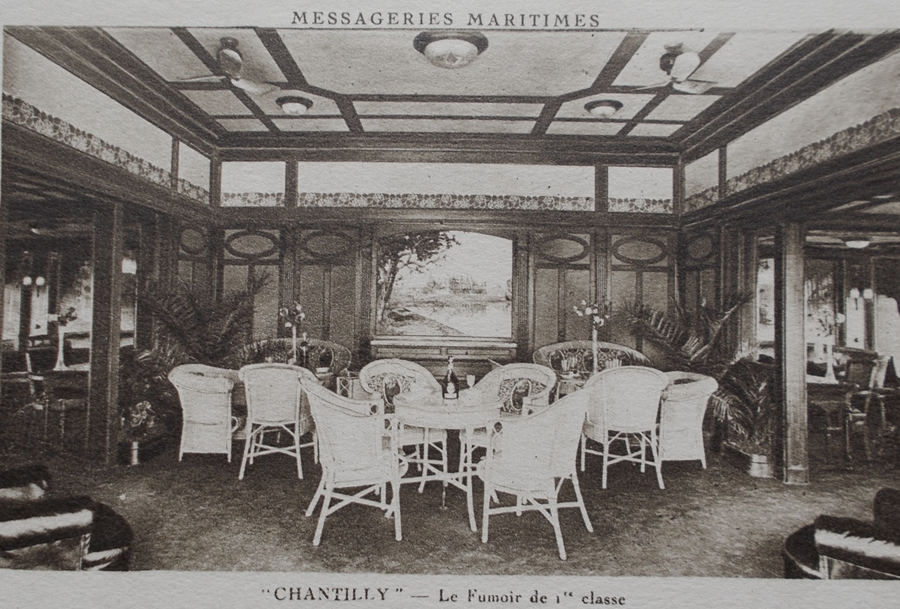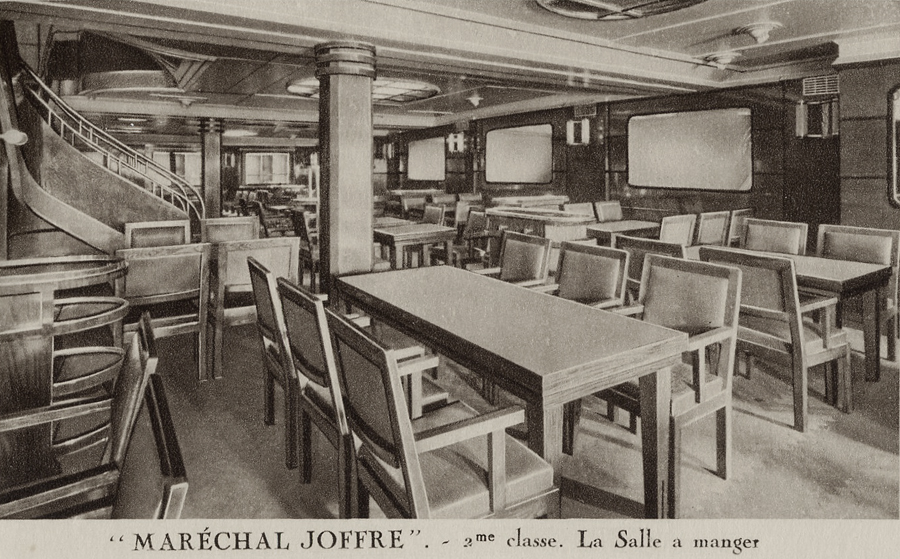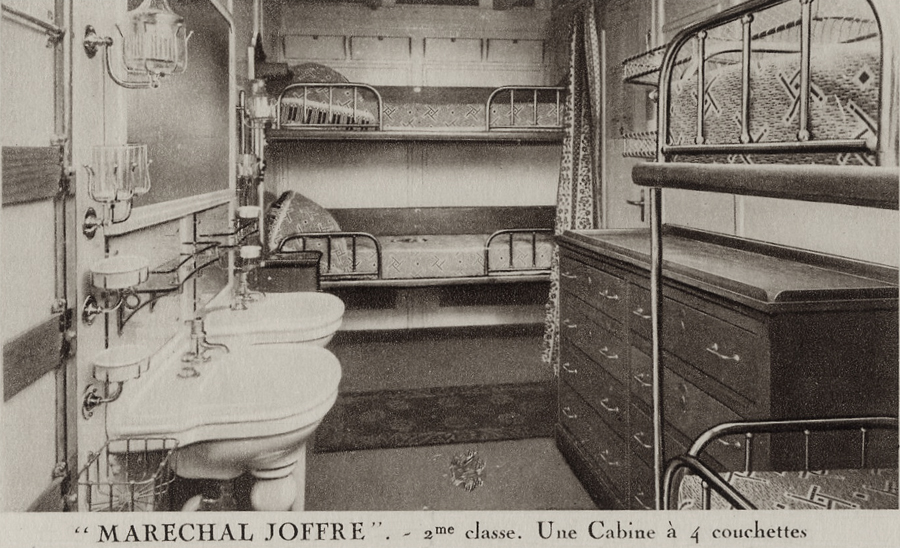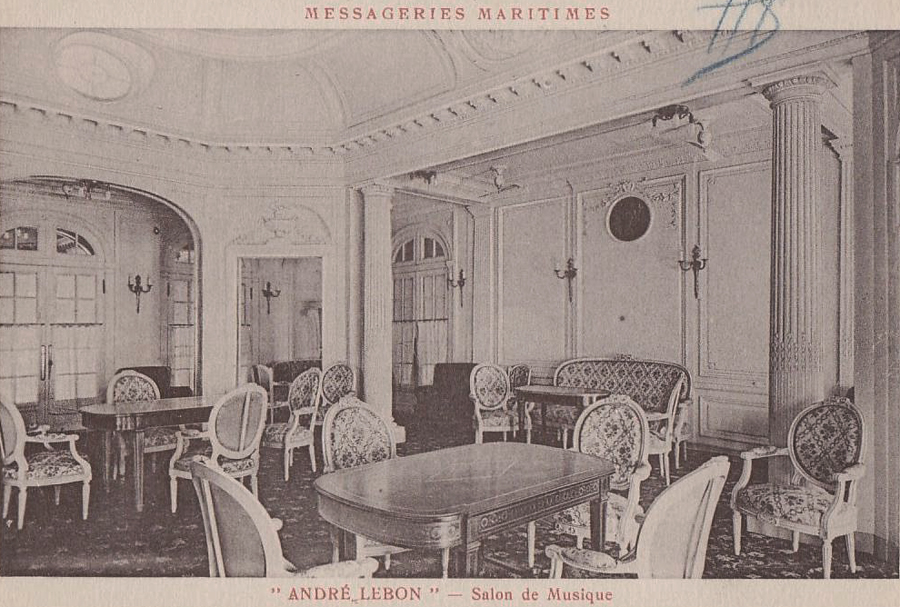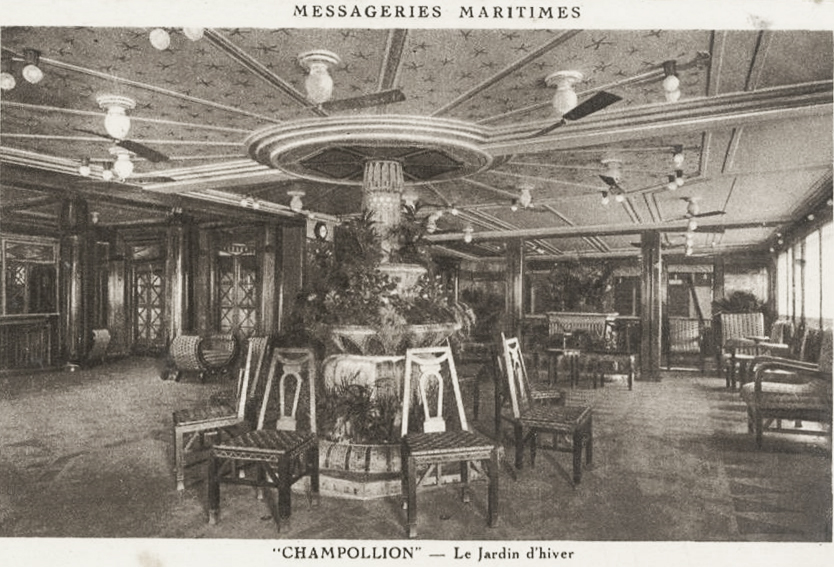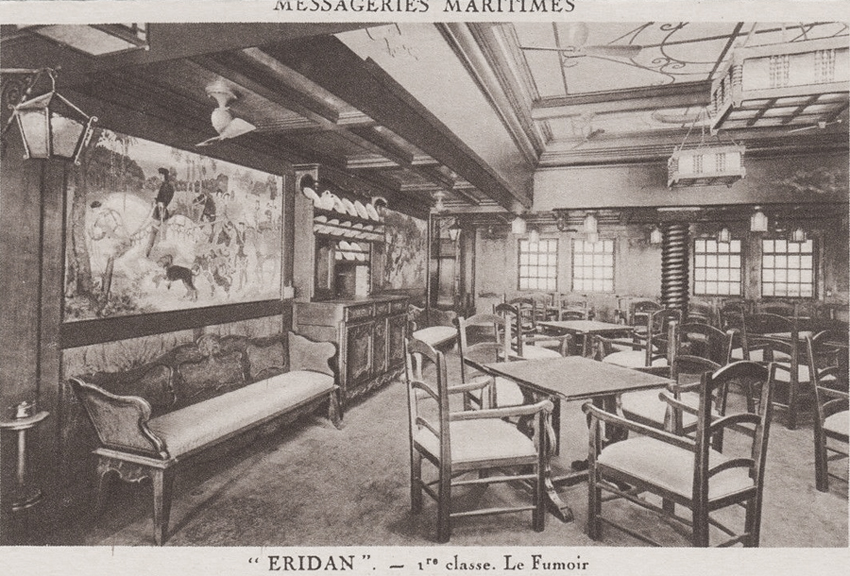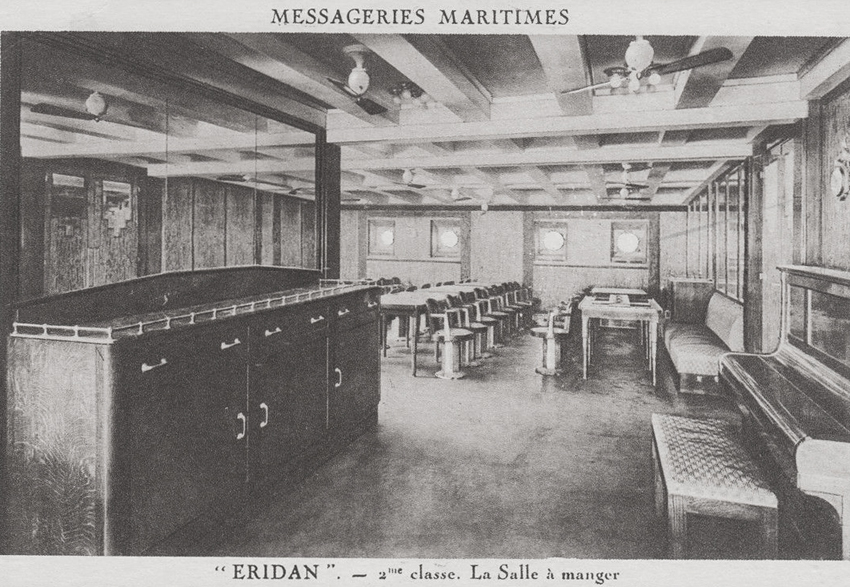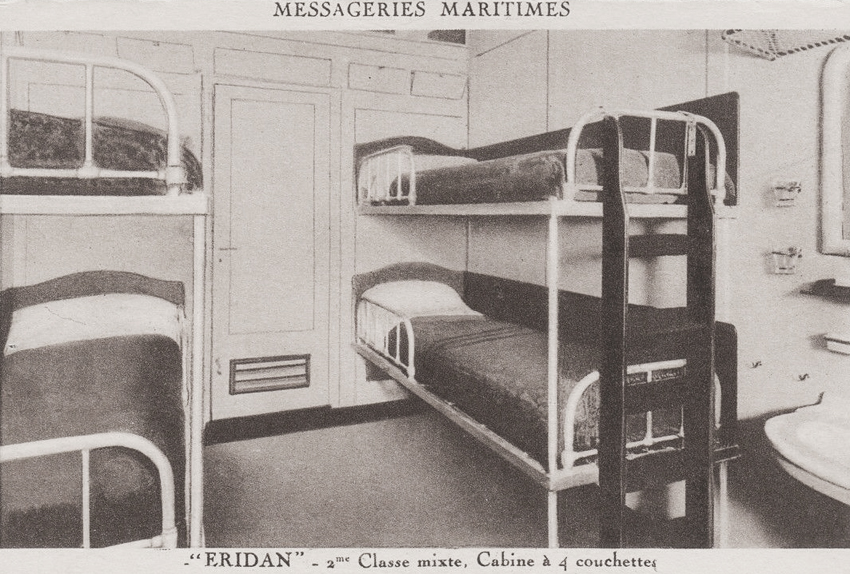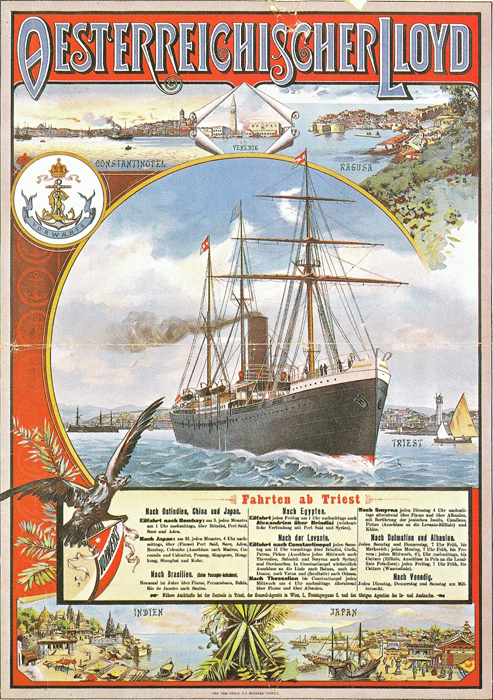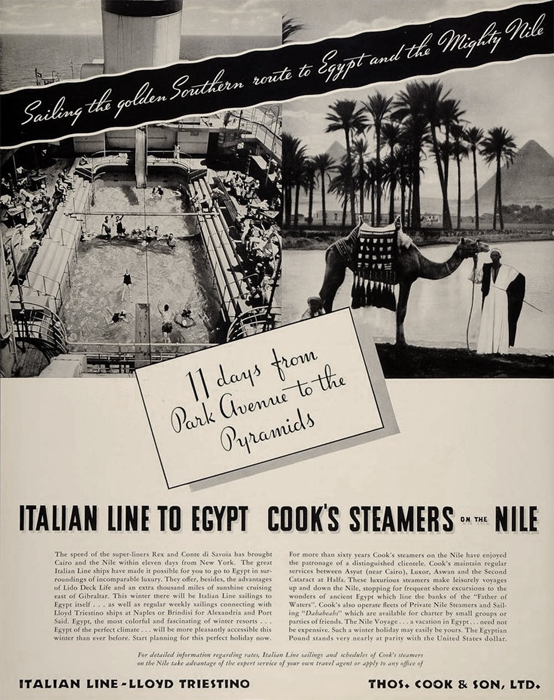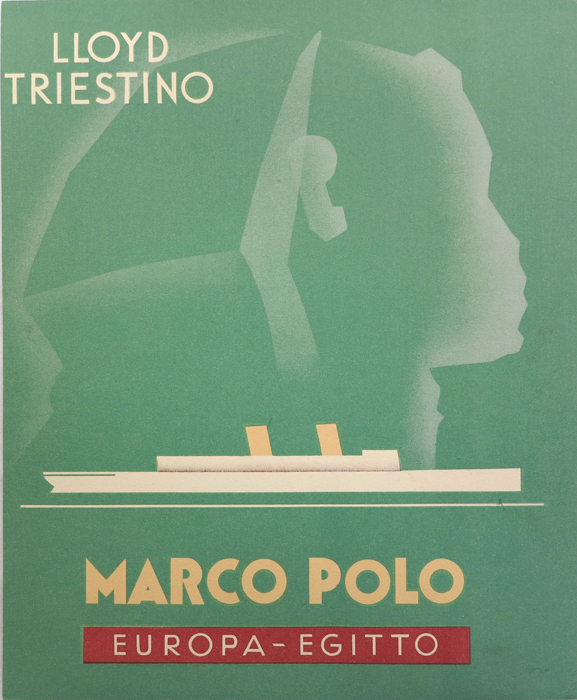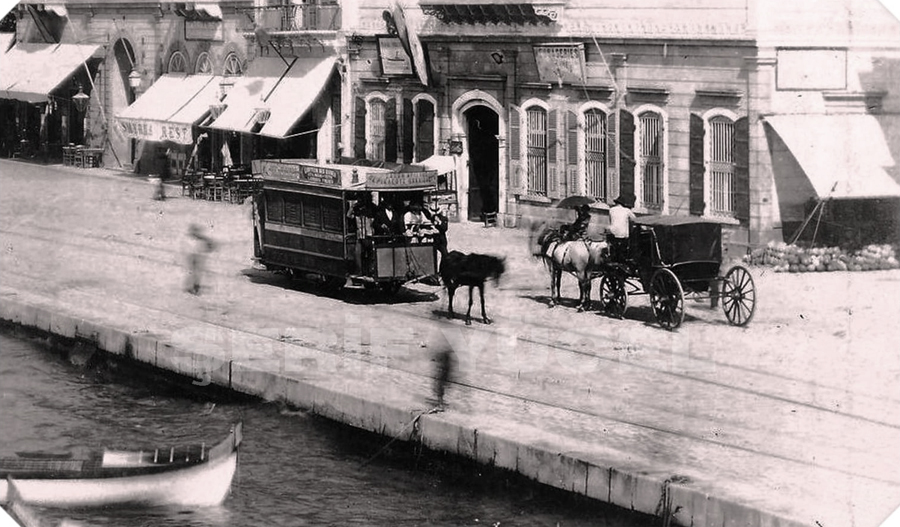
Ephemera
Lloyd Triestino Shipping Line
The company was founded as Österreichischer Lloyd (or “Austrian Lloyd”) in 1836 and became one of the world’s biggest shipping companies by managing most oversea trade and passenger travel of Austria-Hungary until 1918. The Austrian Lloyd was running regular services from Trieste to the Near East, India, China and the Far East, Brazil, the USA and Northern Europe. It also was one of the first to use steam ships. It helped make Trieste one of the hubs of trade and travel in the Mediterrenean.
The company’s name was changed to Lloyd Triestino in 1919, when Trieste became a part of Italy. At this time, the company also faced major restructuring in order to recover losses incurred during World War I. By the end of the 1930s, Lloyd Triestino, with its offshoot Marittima Italiana, was once again a major world shipping power, owning a fleet of 85 vessels with 17 services to east Africa, southern Africa, Asia, and Australia. The company was crippled by the devastation of World War II in the 1940s. During the war, Lloyd Triestino lost 68 ships and 1,000 sailors. At the end, they were reduced to a fleet of just five ships and were once again faced with a massive recovery operation. By 1956, the Lloyd Triestino fleet had grown to 31 ships. In 2006, Lloyd Triestino’s name was changed to Italia Marittima - further information:
This shipping line helped popularise modern cruising and tourism and brought the formerly inaccessible lands including the Levant to the masses. The imposing buildings, some still standing including on Galata Pier, are a testament to this legacy.
1924 time-table of the company of services from Trieste to Bombay and Venice to Alexandria.
1924 time-table of this company of services from Trieste to Constantinople and thence to Odessa.
1932 magazine advert of the combined shipping lines of Lloyd Triestino, Marittima Italiana and Sitmar.
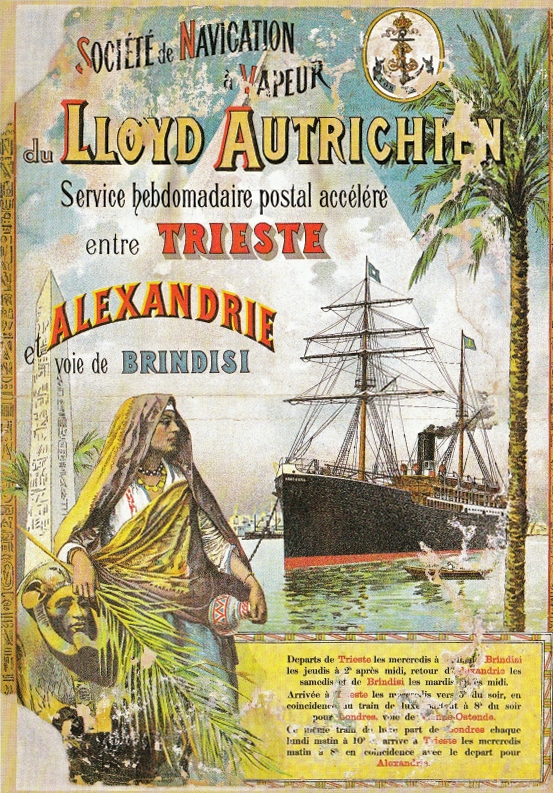
Adverts from this company pre 1918.
1934 advert of the company aimed at the New York market for a cruise to Egypt, in association with the British Thomas Cook company.
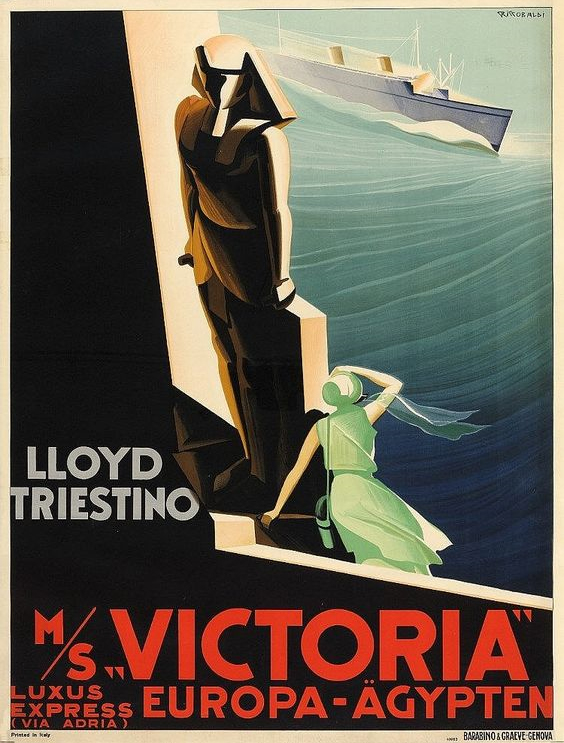
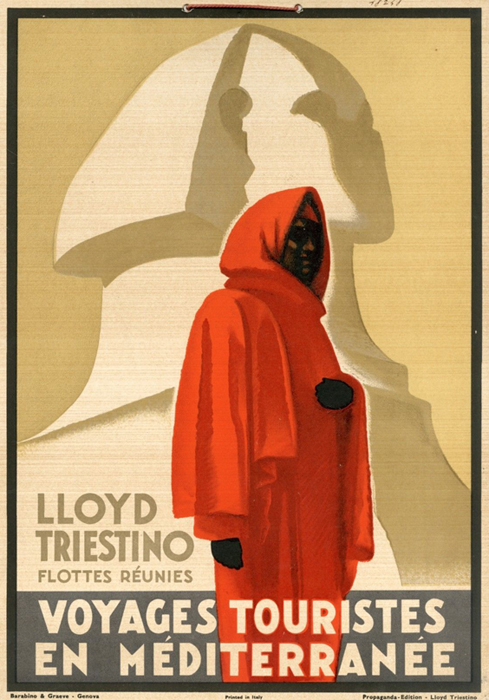
1930s adverts to the company services to Egypt with strong art deco themes combined with vibrant colours and minimal design from a striking effect.
Another important shipping line connecting the ports of the Levant with the wider Mediteranean and beyond was the French Messageries Maritimes company. It was originally created in Marseilles in 1851 as Messageries nationales, later called Messageries impériales, and from 1871, Compagnie des messageries maritimes. Its rectangular house flag, with the letters MM on a white background and red corners, was famous in shipping circles, especially on the Europe-Asia trade lanes. In the beginning the Company operated on routes to the Middle East. Its ships were used as troopships during the Crimean War, and were so helpful for the army that the Emperor gave the company the right to operate on the Bordeaux – Brazil route as thanks. From 1871 to 1914 the Compagnie des Messageries Maritimes saw its golden age. This was the period of French colonial expansion and of interventionism in the Middle and Far East. The Marseille liners continuously served in the Mediterranean Sea, the Black Sea, then the Red Sea, the Indian Ocean, the China Sea and finally the Pacific Ocean. In the Middle East, the ports of call were Malta, Alexandria, Port Said, Beirut, Syria, Smyrna, Constantinople, and the Black Sea.
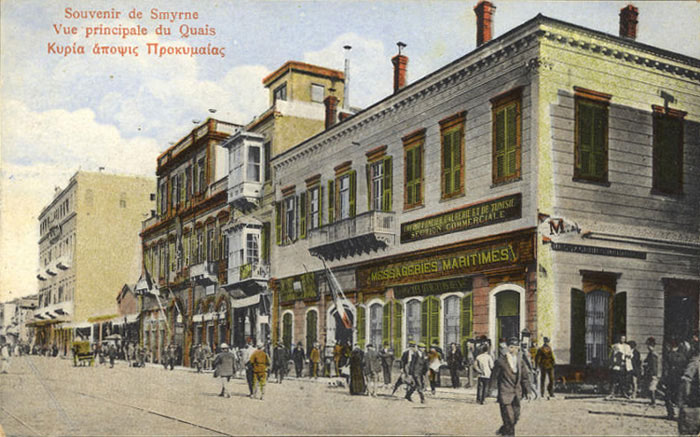
The offices of Messageries Maritimes company on the Smyrna waterfront pre 1922 fire.

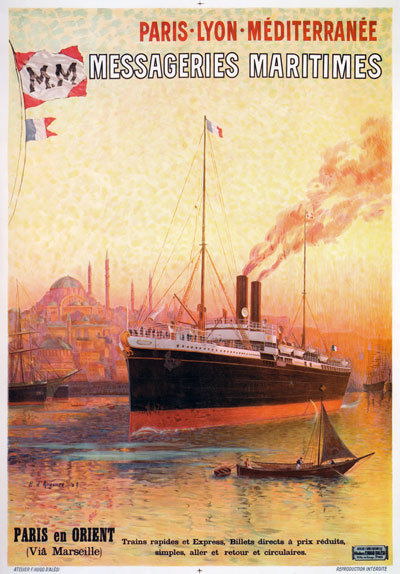
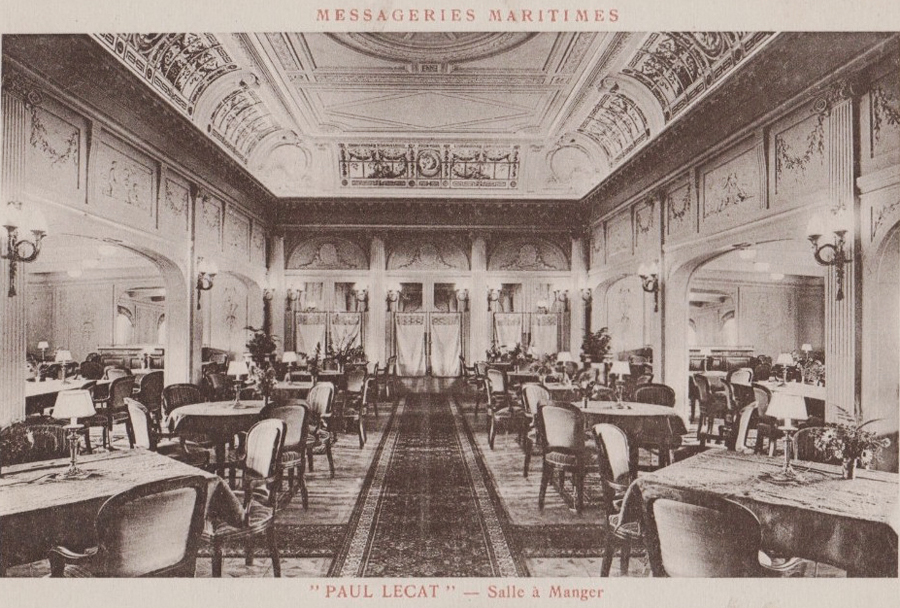
Postcard views of 1st and second class rooms of some of these ships to give an impression of on-board comforts.
